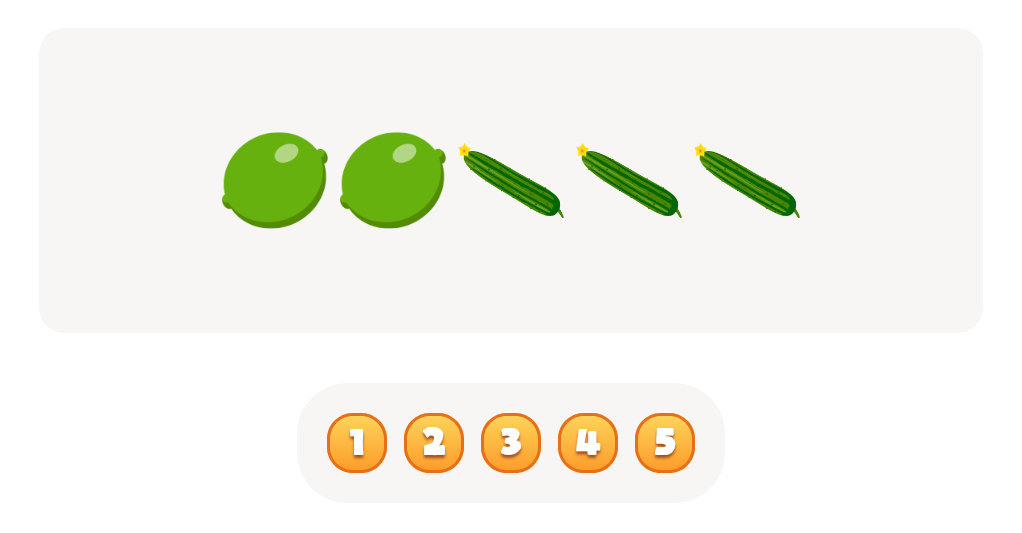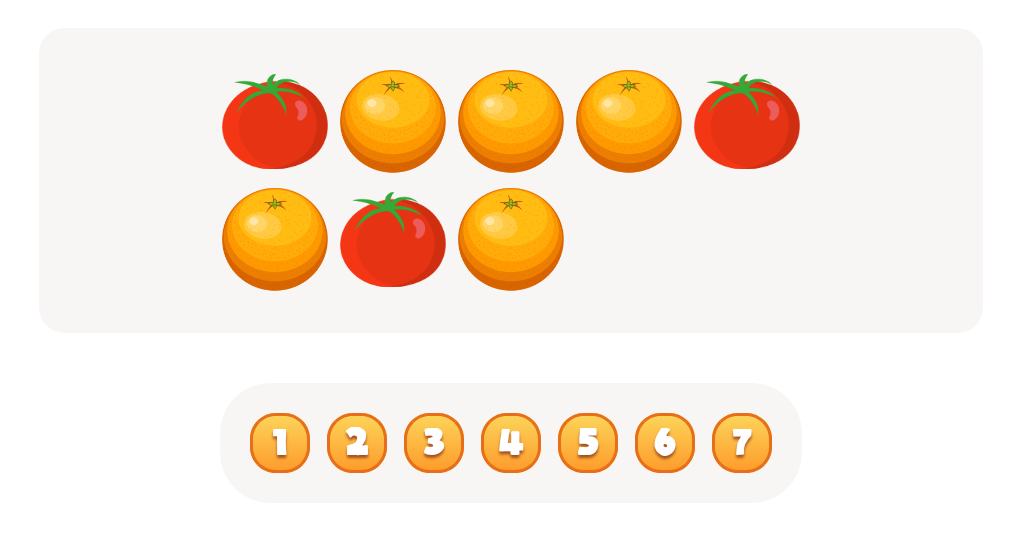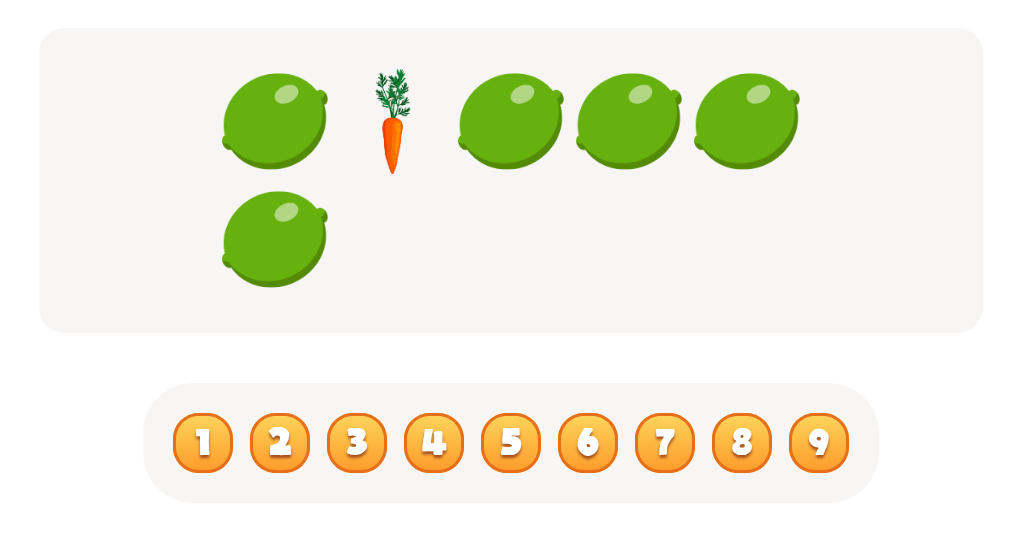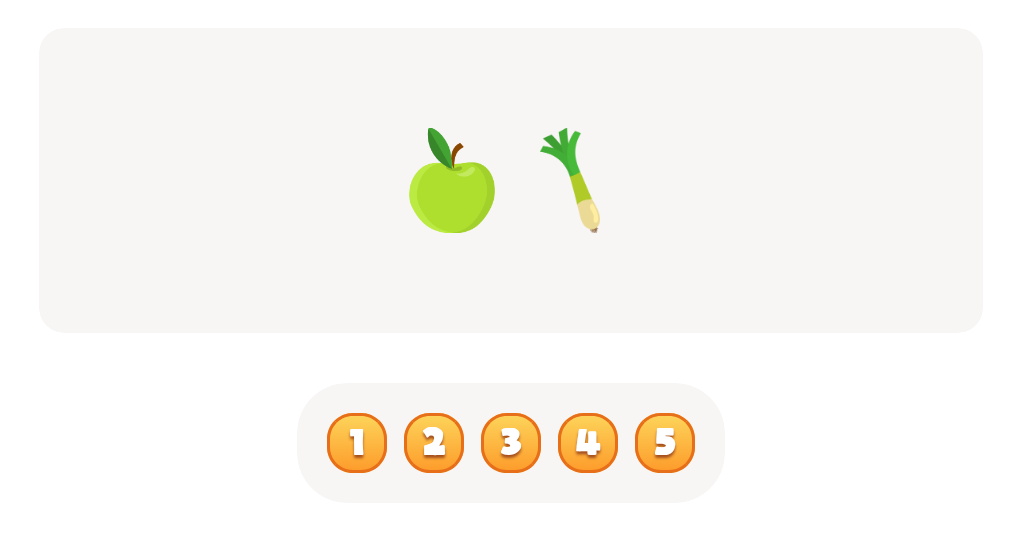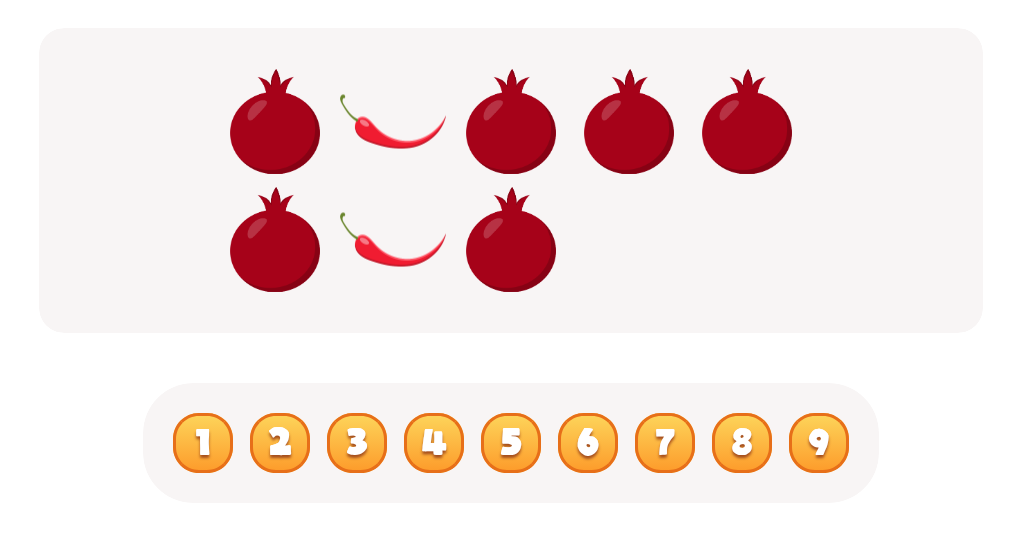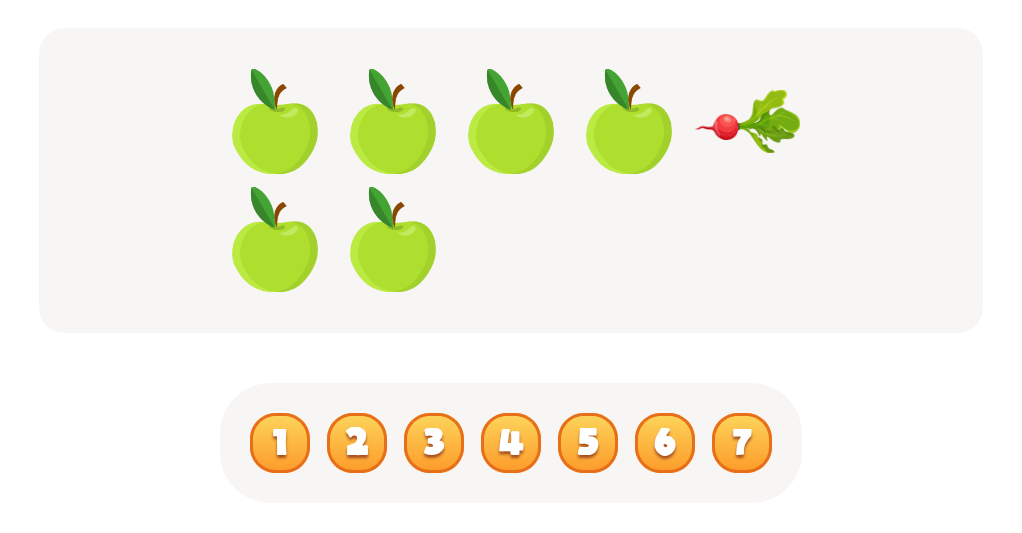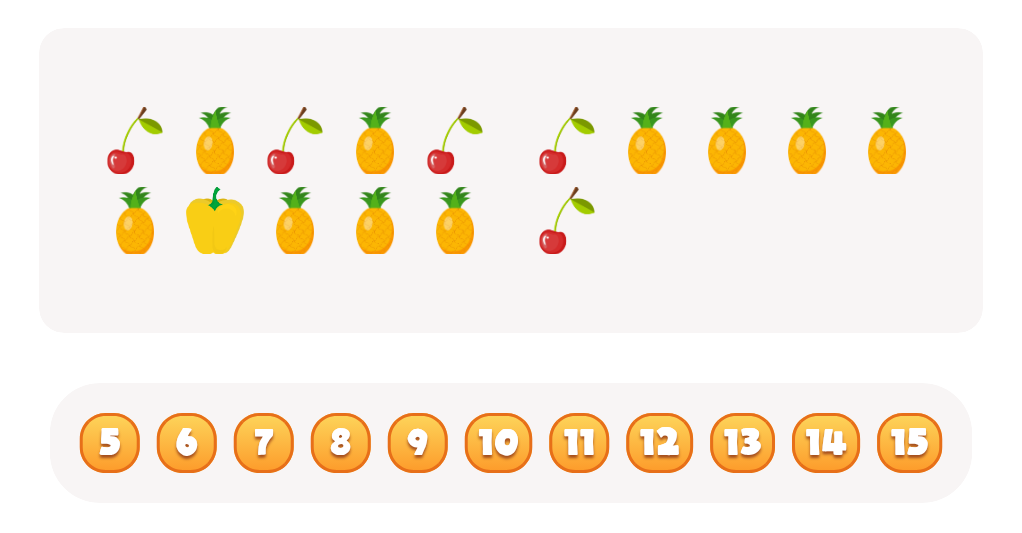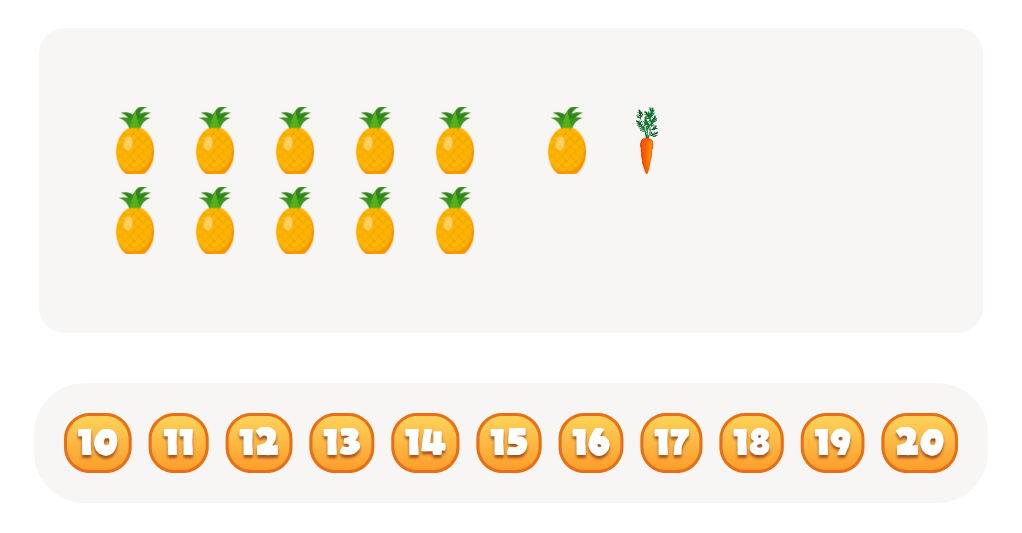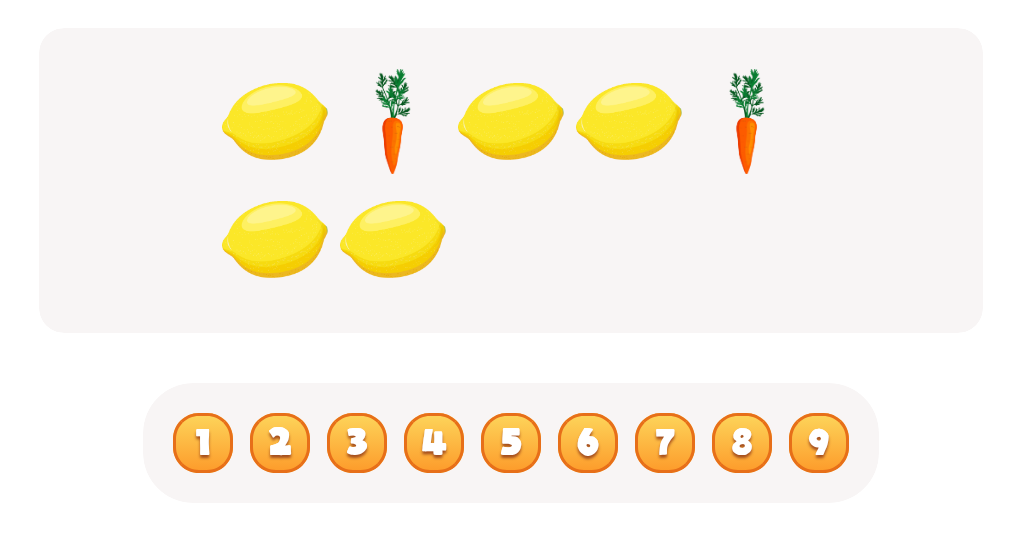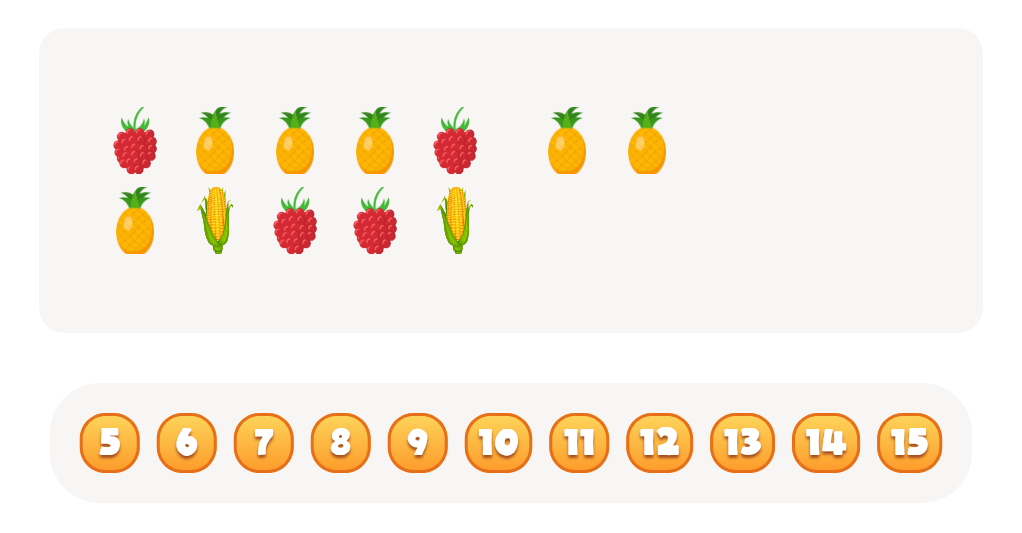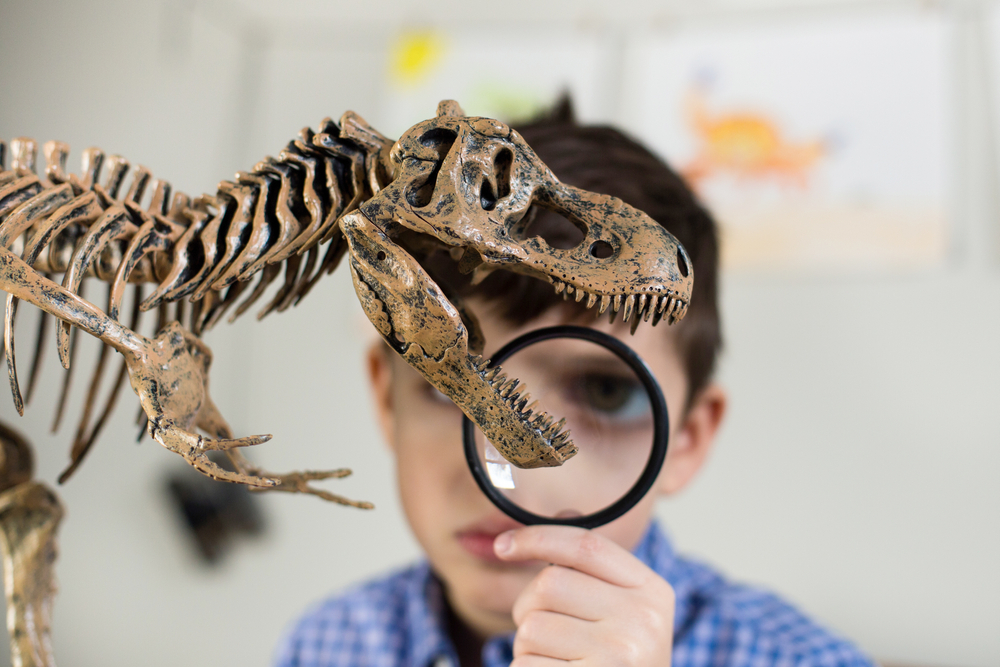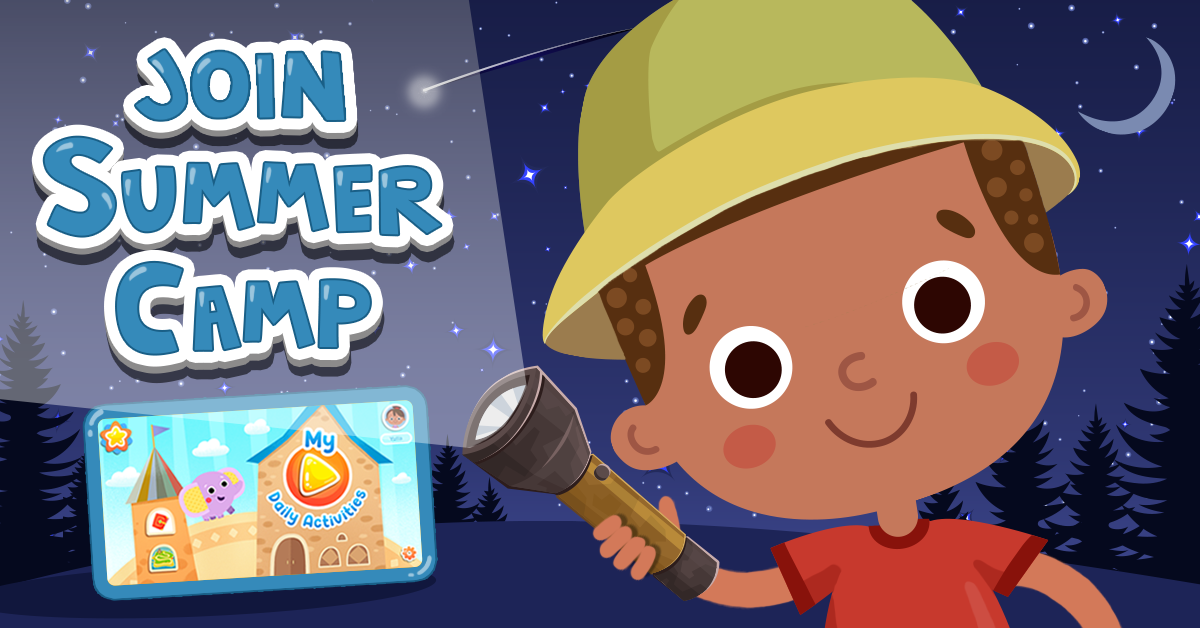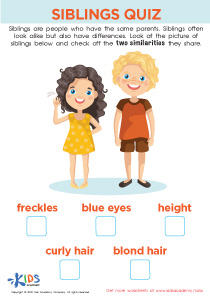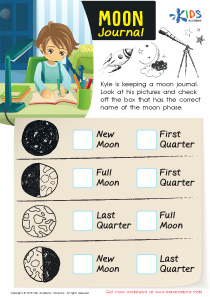Understanding life cycles Plants and Animals Worksheets for Ages 3-8
6 filtered results
-
From - To
Explore a world of wonder with our "Understanding Life Cycles: Plants and Animals Worksheets" designed for children aged 3-8! Our worksheets provide engaging and educational activities to help young learners grasp the fascinating stages of life for various plants and animals. Each worksheet is crafted to make learning fun and interactive, fostering a love for science and nature. Through colorful illustrations and hands-on exercises, children will discover how seeds sprout into plants and how animals grow and change. Perfect for early learners, these printables cultivate curiosity and foundational scientific understanding. Dive into the life cycles journey today!
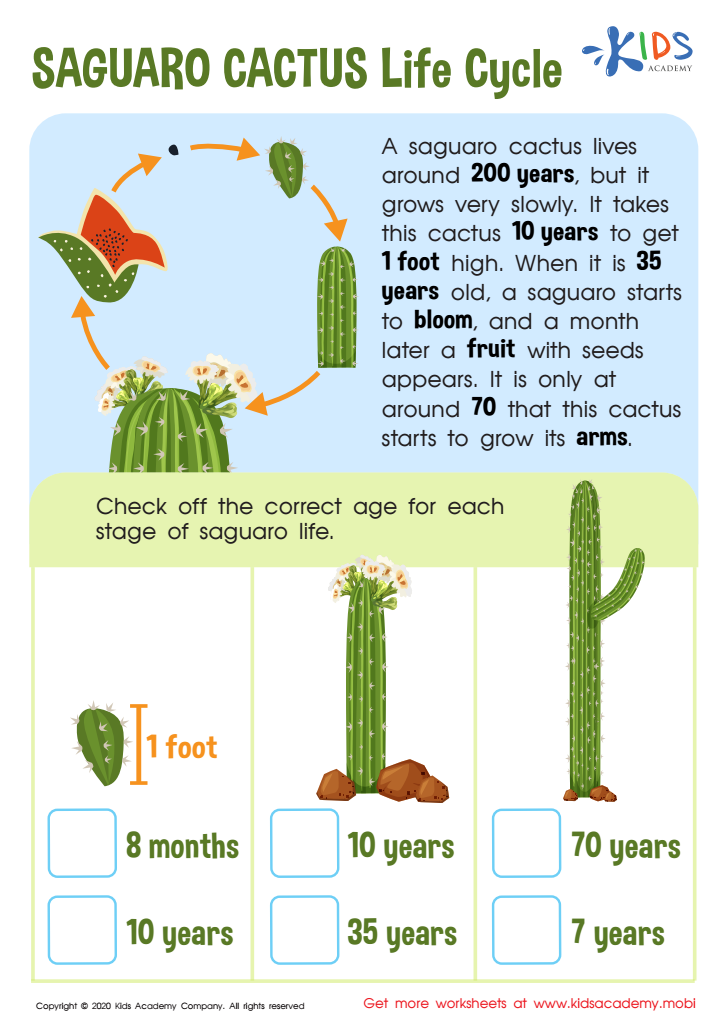

Saguaro Cactus Life Cycle Worksheet
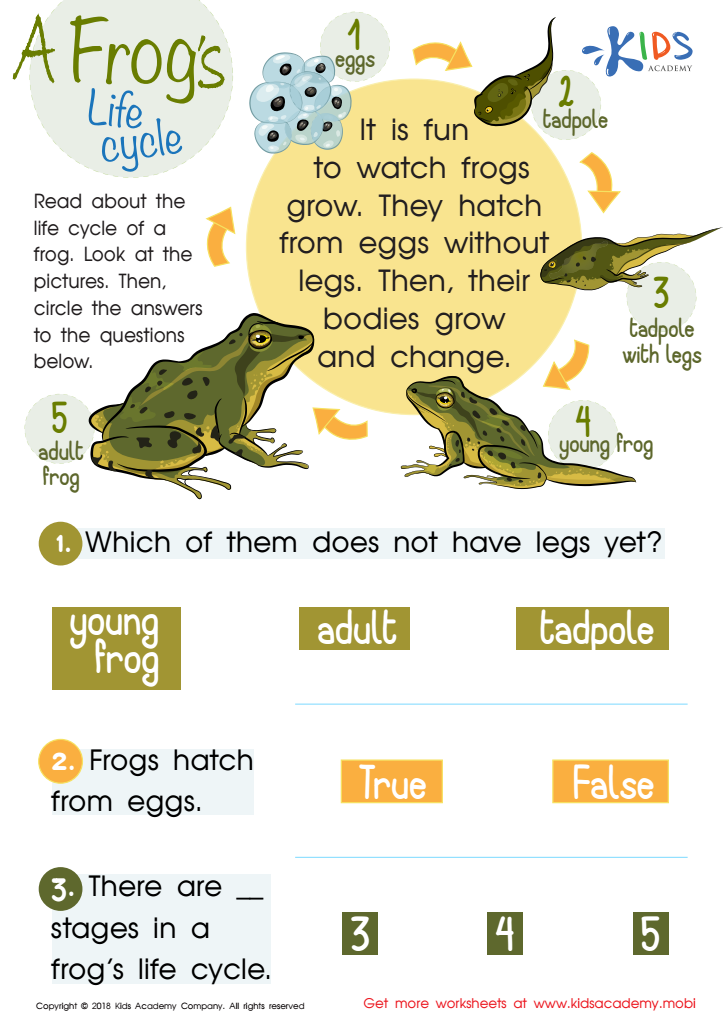

A Frog’s Life Cycle Worksheet


Life Cycle of Butterfly Worksheet
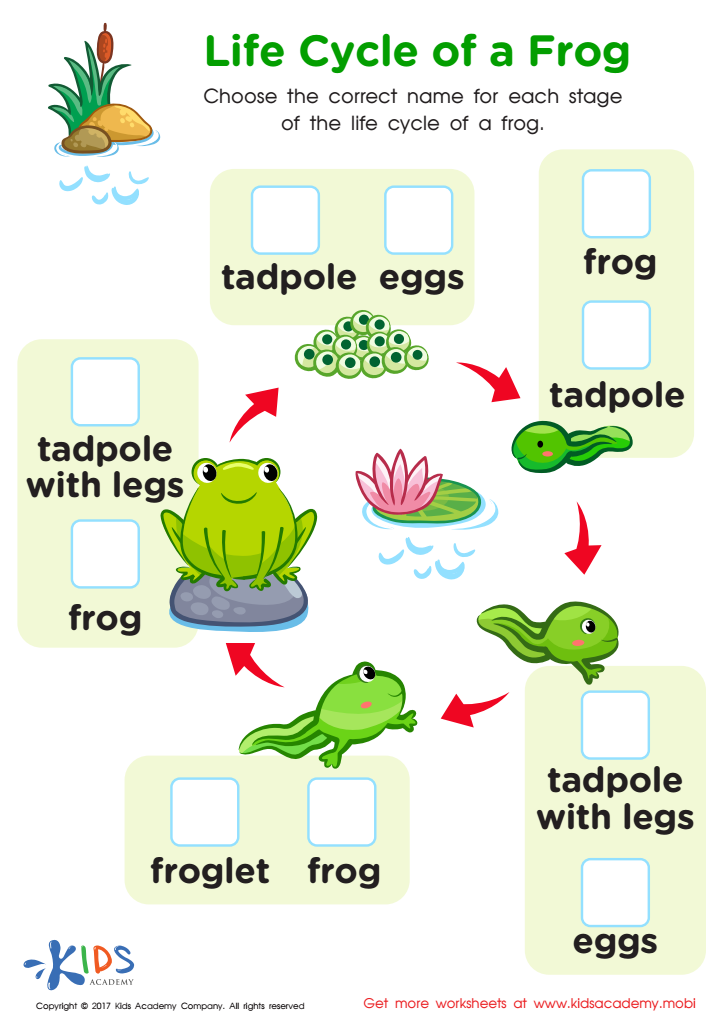

Life Cycle Frog Printable
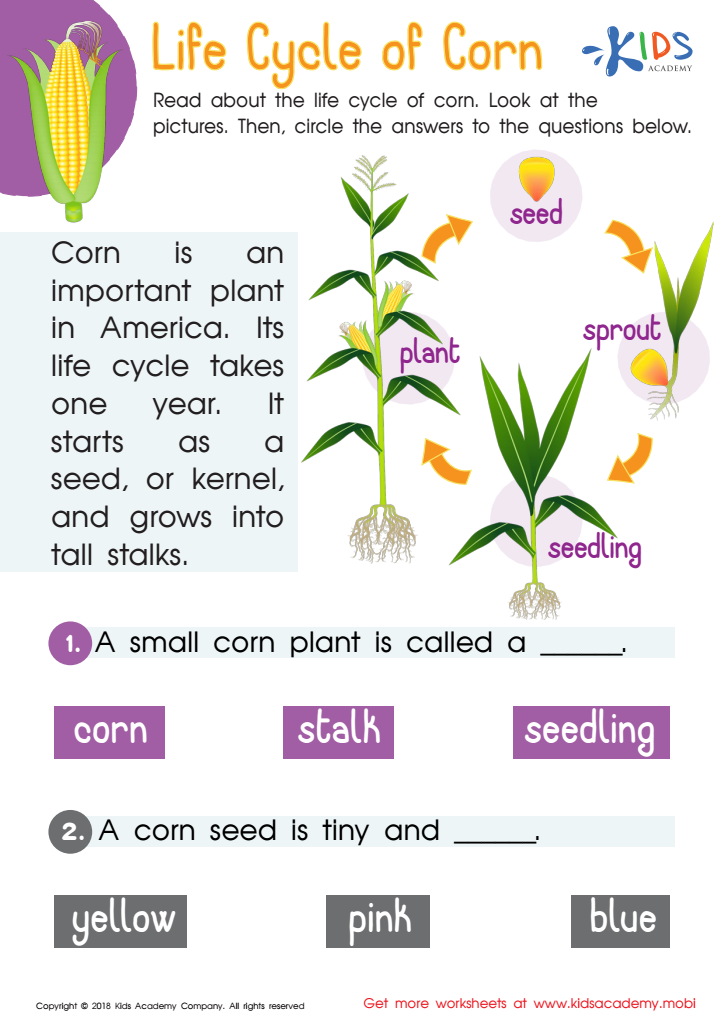

Life Cycle of Corn Worksheet
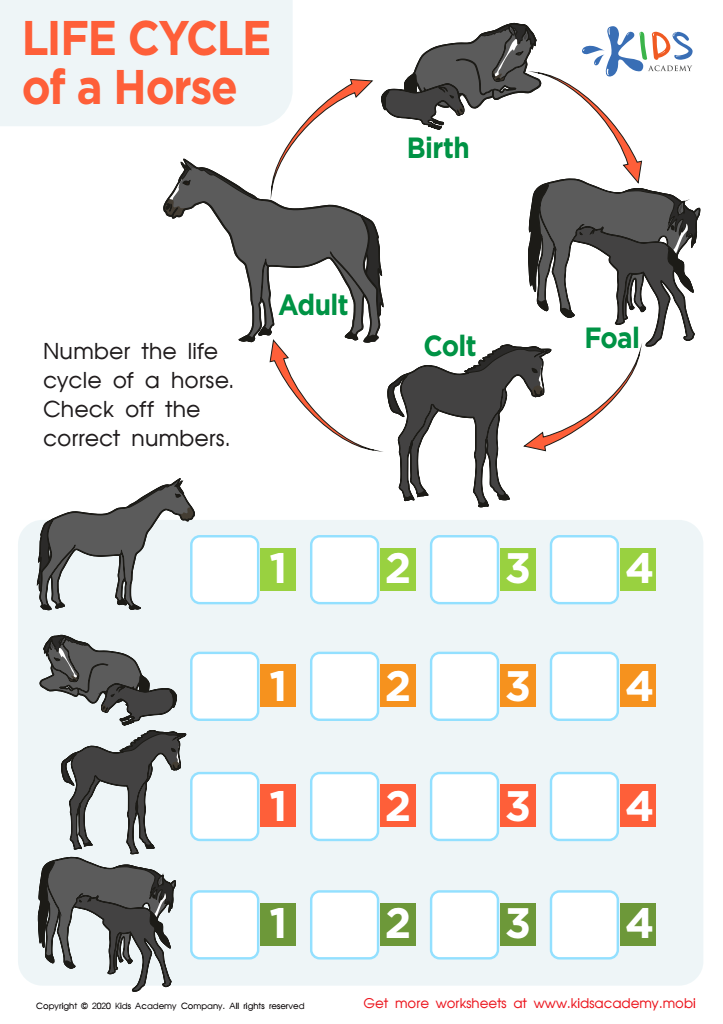

Life Cycle of a Horse Worksheet
Understanding the life cycles of plants and animals is crucial for young children aged 3-8 as it forms the foundation of their scientific knowledge and environmental awareness. When parents and teachers introduce kids to the life cycles, it nurtures their curiosity and fosters a sense of wonder about the natural world. Watching a caterpillar transform into a butterfly or a seed grow into a sunflower captivates young minds, making learning exciting and tangible.
This knowledge helps children comprehend basic biological processes, like growth, reproduction, and death, equipping them with essential concepts for future scientific learning. It also enhances observational skills, critical thinking, and vocabulary. For instance, when kids learn about pollination or metamorphosis, they acquire new words and concepts that enrich language development and cognitive abilities.
Additionally, understanding life cycles promotes empathy and responsibility. Children develop an appreciation for living things, realizing that their actions can impact the environment. This awareness inspires respect for life and encourages eco-friendly behaviors, such as recycling and gardening.
Parents and teachers play a pivotal role in shaping a child’s early education. By teaching life cycles, they help build a strong educational foundation, inspire a love for science, and nurture environmental stewardship that will benefit society and the planet.

 Assign to My Students
Assign to My Students
